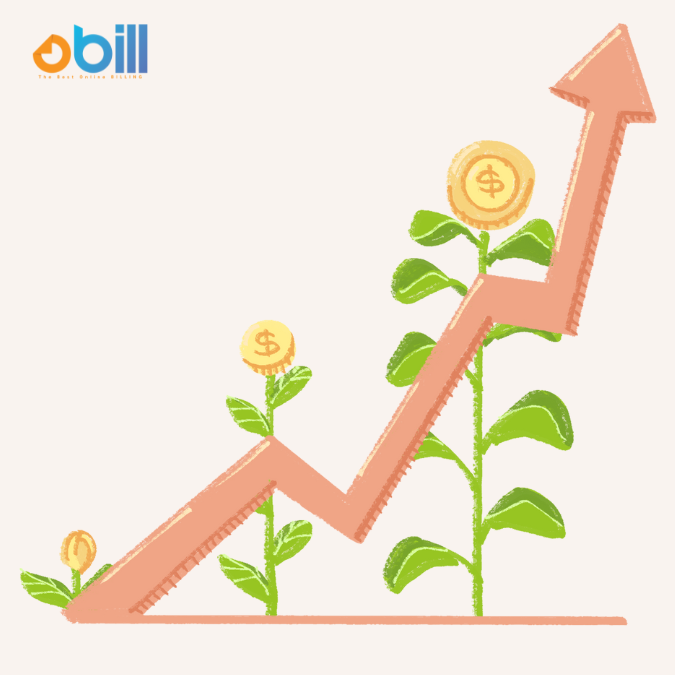E-Invoicing: Improving Business Efficiency and Reducing Costs

Introduction
In the fast-paced world of modern business, efficiency and cost-effectiveness are critical to maintaining a competitive edge. Electronic invoicing (e-invoicing) has emerged as a transformative solution that streamlines billing processes, enhances operational efficiency, and significantly reduces costs. This article explores how e-invoicing revolutionizes business practices and its manifold benefits in improving efficiency and reducing expenses.

What is E-Invoicing?
E-invoicing refers to the electronic generation, delivery, and processing of invoices between buyers and sellers. Unlike traditional paper invoices, e-invoices are created, sent, and stored in digital formats. This digital transition facilitates real-time data exchange, automation of invoice handling, and seamless integration with business systems, including Enterprise Resource Planning (ERP) and accounting software.
Enhancing Business Efficiency
1. Streamlined Invoice Processing:
- Automated Workflows: E-invoicing eliminates manual data entry and reduces human errors. Automated workflows can handle invoice creation, validation, and approval processes, significantly speeding up the billing cycle.
- Instant Delivery: Digital invoices are sent instantly via email or secure platforms, eliminating delays associated with postal services
2. Real-Time Tracking and Reporting:
- Visibility and Control: Businesses can track the status of invoices in real time, from issuance to payment. This transparency improves financial management and cash flow forecasting.
- Accurate Reporting: E-invoicing systems provide comprehensive reporting tools that offer insights into invoice statuses, payment trends, and potential bottlenecks, aiding in better decision-making.
3. Integration with Financial Systems:
- Seamless Integration: E-invoicing solutions can be integrated with ERP and accounting systems, ensuring that financial data is automatically updated and synchronized across platforms.
- Improved Accuracy: This integration minimizes discrepancies between invoicing and accounting records, reducing the risk of errors and financial misstatements.
---
Reducing Costs
1. Lower Administrative Expenses:
- Reduced Paper and Printing Costs: E-invoicing eliminates the need for paper, printing, and postage, resulting in significant savings on materials and administrative overhead.
- Less Manual Labor: Automation reduces the need for manual intervention in invoice processing, freeing up employees to focus on more value-added tasks.
2. Decreased Payment Delays:
- Faster Invoice Approval: Digital invoices can be processed and approved more quickly, reducing the time it takes to get paid.
- Improved Cash Flow: By expediting the billing cycle and minimizing delays, e-invoicing enhances cash flow management, allowing businesses to optimize their financial resources.
3. Minimized Errors and Disputes:
- Accurate Invoicing: Automated data entry and validation reduce errors that can lead to disputes, further saving costs related to correcting mistakes and resolving conflicts.
- Fewer Disputes: The accuracy and clarity of e-invoices reduce the likelihood of disputes, leading to smoother transactions and improved relationships with clients and suppliers.
---
Compliance and Security
1. Regulatory Compliance:
- Adherence to Standards: E-invoicing solutions often incorporate compliance with local and international regulations, ensuring that invoices meet legal and tax requirements.
- Audit Trails E-invoicing systems provide digital audit trails, making it easier to comply with audit and reporting requirements.
2. Enhanced Security:
- Data Protection: E-invoicing platforms use encryption and secure channels for invoice transmission, protecting sensitive financial information from unauthorized access and cyber threats.
- Fraud Prevention: Automated verification processes and digital signatures help prevent invoice fraud and unauthorized alterations.
---
Conclusion
E-invoicing represents a significant advancement in the way businesses manage their billing processes. By enhancing efficiency through automation, real-time tracking, and integration with financial systems, e-invoicing simplifies operations and improves accuracy. Additionally, the cost savings associated with reduced administrative expenses, faster payment cycles, and minimized errors make e-invoicing an attractive solution for businesses aiming to optimize their financial operations. As more companies embrace digital transformation, e-invoicing is set to play an increasingly vital role in driving business efficiency and reducing costs in the competitive business landscape.
---
References
- International Data Corporation (IDC) Report on E-Invoicing
- The Institute of Financial Operations and Leadership (IFOL) Guidelines on Digital Transformation
- Gartner Research on E-Invoicing and Automation Trends